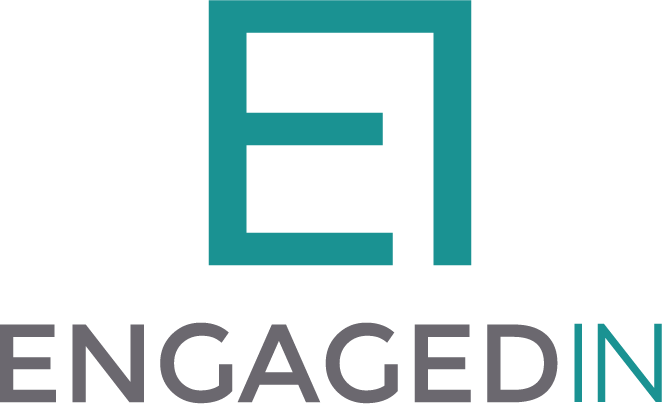We often remember that the starting point for any development strategy of an organization is its governance – from the analysis of the current situation, objectives and goals, critical issues to the vision that it expresses.
Governance is also our main reference point when we start working with organizations we collaborate with. The very first meetings, therefore, take place with the Board of Directors and have a concrete character right from the start: the analysis is placed within a perspective that keeps a dimension of concreteness inside, keeps the discussion “on the ground” so as to make the whole conversation real and realistic.
The Directors are not always used to asking certain questions and they are not always convinced of the usefulness of an external intervention, but, in the vast majority of cases, even any initial skepticism disappears when they begin to enter concretely into the specific issues and topics. The desire to contribute is stronger than the tight handbrake that sometimes characterizes some Boards.
One area in particular is, in our experience, strategic for the purposes of directing and correctly setting up a development strategy: the construction of a meaningful perspective that starts from its story (and storytelling) and translates into the construction of a community of values that aggregates those who shares and support its vision.
Words, in this sense, have a central, crucial role.
Very often in the analysis of the way in which organizations “come out” the words are all the same, they do not allow us to grasp the peculiarities, the characteristic features of a certain organization, as a flattening that is often conceived as a need for formal correctness of the language but which, in practice, translates into “anonymity”. The attempt to communicate credibility and professionalism often turns into an uninteresting, flat story which usually rewards formal rigor but forgets a central item of any narrative: people. What, in our professional daily life, means the stories of the people who “make” the organization: governance, of course, but also the staff, volunteers, beneficiaries (or visitors, to mention a valid case for cultural institutions, or similar categories in other sectors) and their relatives, the donors themselves.
A storytelling that does not include the language that is made from the interaction between individual stories and builds the language of the organization sterilizes the ability to go beyond the physical and cultural walls and reach those who want to listen.
“Words are important” – we very often quote this sentence that the Italian director Nanni Moretti said in his famous movie “Palombella Rossa”. And, above all, words are rarely neutral or objective: building an “own” language means defining horizons, impacts, vision, proposing different scenarios and concrete practices to implement them. Reporting on the website or in the communication materials the same language used in the Statute of an organization, then, cuts the peculiar position that the organization itself stands for and brings it back to a dimension of “flat” and sterile correctness .
How, then, to bring out this concrete subjectivity and identify the words of the organization?
Here are some suggestions from our coaching developed with the Boards of the Directors and, in general, with the organizations we collaborate with: we let the people who “are” the organization speak, we often ask them to write down the answers to the questions we ask, we write down the expressions they use when describing or describing something – a project, an initiative, a “reason why…”, and we put together the unique puzzle of that organization. The set of expressions, even and above all those that came out immediately, starting from which we re-arrange the work on the identity, the mission, the setup of the relationship with the “rest of the world” that surrounds the organization and its cause.
It’s a cutting and sewing job, which we tailor every time when we start a new collaboration. We have developed a practical method that allows us to immediately get to the heart of the identity of the entity we are facing, starting from the hearts of the people we sit with during sessions of this type.
The flow that emerges – spontaneous, non-formal nor (initially) formalized – will form the nucleus for a repositioning, an identity focus which, once returned in the form of starting documents for the development strategy, almost always surprises (positively) those who were the protagonists of that narrative. Because they recognize each other, they identify with that language and that different but more authentic way of telling the cause and establish a direct connection with the ability to impersonate it when they have to “go out” – during an event, or a presentation or a meeting with a donor or any other similar situation.
Saying “The staff who are part of our team are specialized and trained in order to develop skills and sensitivity appropriate to the relationship with patients” is not exactly the same thing as “We like to define ourselves as people who accompany people. We were born with the intention of becoming a family for our patients and their families in a protected place where each patient can feel at the centre. A place where each patient and family member can find an integrated multidisciplinary team of professionals, welcoming, passionate (…)”.
It is sometimes a complex work, but one that we consider crucial in our approach to development consultancy.
And, above all, it is what makes us deeply grateful for the opportunity of entering into a profound connection with the stories of other people, sometimes distant for reasons of age, path, geography or other, and which allows us to establish that bond of trust mutual which is the basis for the work to be developed together. In addition to learning, deepening, discovering different ways of looking at the world.
The final suggestion, therefore, is this: build the language of your organization, every now and then do an internal check on the way you tell your story and relate to the cause you are pursuing from a semantic point of view to verify that it really tells who you are – even before what you do! Because it’s the only way to build meaningful relationships and, above all, give the shape you want to the mission you carry out as an organization.



